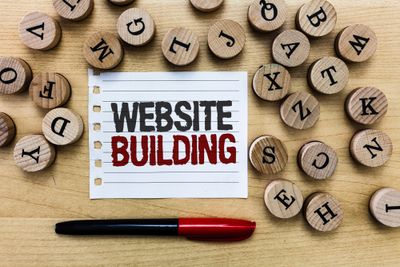Profit Analytics Blog
Read expert articles with insights about e-commerce profitability from analyzing thousands of e-commerce businesses' data.
Business management
4 Ways WooCommerce Stores Can Personalize the Customer ExperienceWhen it comes to e-commerce, having a personalized experience for your customers is just one of the many keys to success. The same can be said for your WooCommerce store. Even if you're just starting November 30, 2021
Profit optimization
Power Up Your eCommerce Plan With This Black Friday Marketing StrategyFor marketers and brands, 9 PM on Black Friday can feel like the final few minutes of the moon landing. It’s the time at which sales typically reach their apex and your team finally discovers whether October 27, 2021












